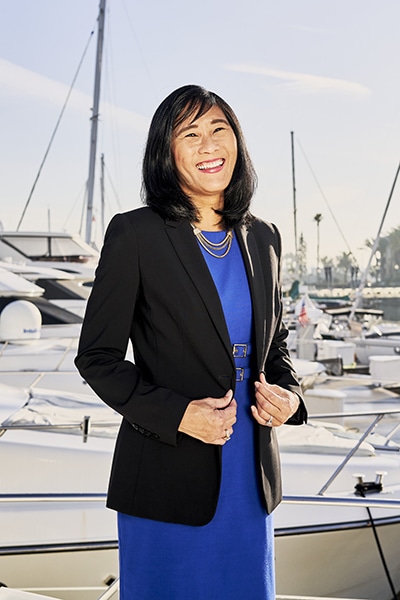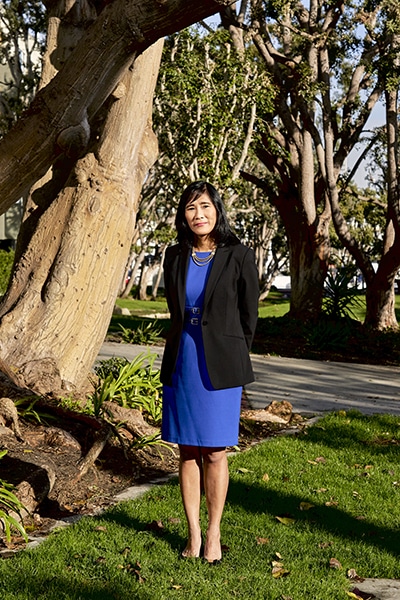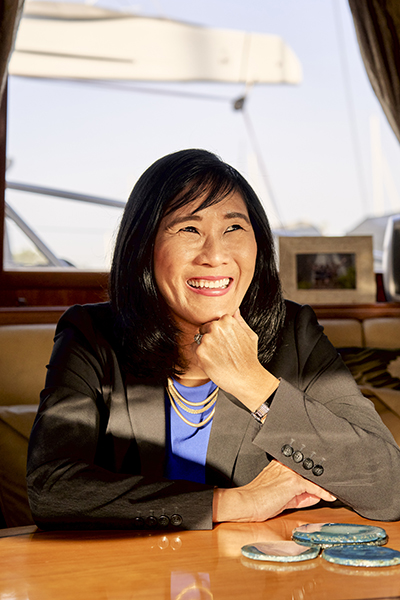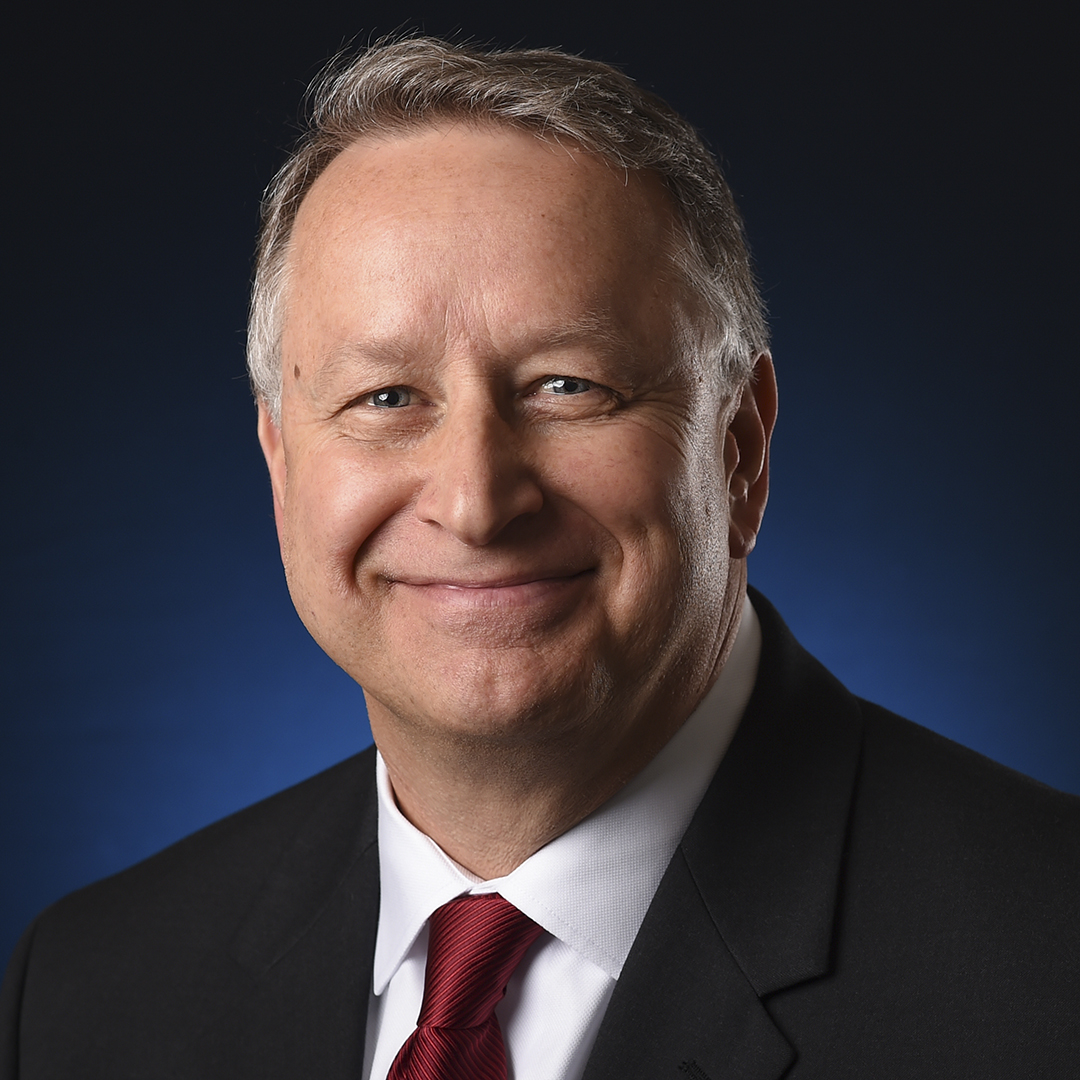|
Getting your Trinity Audio player ready... |
It took a few tries for University of California, Irvine’s (UCI) then Head of Human Resources Susi Takeuchi to accept an offer to become chief human resources officer at University of California, Los Angeles (UCLA) Health.
“At the time I was approached about the opportunity, I’d only been with UCI less than two years and felt like I was just not ready to leave yet,” she recalls. But, attracted to the size and reputation of UCLA Health, she eventually found its offer hard to pass up. A positive personal patient experience at UCLA Health further solidified her interest.

When Takeuchi first arrived on the job, she noticed how siloed the HR function seemed. As a competitive employer, candidates were vying for positions inside UCLA, yet “some of our leaders at that time thought we didn’t need to do anything to attract candidates,” she recalls. “There was a general sense of complacency across the organization because we had such an outstanding reputation. People were stuck thinking they didn’t need to improve on anything because others were eager to work here.”
Takeuchi knew that the HR team still needed to work hard to make sure UCLA stayed the top option for the nation’s best healthcare professionals in an academic medical center. So she created a team-based strategic plan to overhaul the organization’s HR function to make it more functional, streamlined, and incentivized to draw in top talent.
Set the Course
Takeuchi’s first step was to assess where the organization was in terms of priorities and performance, in addition to where it wanted to be at the end of the process. She started by interviewing almost all 180 HR employees at UCLA Health as well as various other clients for feedback on where they stood.
The hands-on approach took HR employees aback at first: “They’d never done strategic planning before; they were very nervous about it,” Takeuchi remembers.
With that data, Takeuchi and her fellow leaders held strategic planning sessions with the HR employees, funneling and specifying the data even further until they had a full-fledged strategic plan. “It really paid off, involving all these people upfront,” she says, noting that doing so allowed them to build a new overall HR mission, vision, and set of values from which they could work.
Build HR’s Boat
Takeuchi spends part of her time living on a boat parked in the marina close to UCLA Health. According to her, it helps her shave a five-hour commute by car down to forty-five minutes. But more than a means of fast transport, the boat inspired a potent metaphor for the purpose and direction of the organization’s HR team.

Over three days of small group sessions involving every HR employee, Takeuchi tasked each employee group to draw a picture of any kind of water vessel they could imagine that described the current state of the HR function, including the people, the water, and the environment. Many groups drew sinking ships, sharks in the water, rain clouds, and people on decks shouting, “Help!”—all-around indicators of a chaotic HR environment.
Then they were to draw the kind of functioning boat environment they wanted for the future. “What was amazing was that every single group drew almost identical pictures,” Takeuchi says, describing the sunny skies and one mighty vessel, “which meant we were all on the same page.”
There were still some sharks in the water (“HR will never get rid of all the sharks,” Takeuchi says, laughing), but they were more manageable. That exercise helped Takeuchi and her team learn where the HR department was hungry to be, which helped drive their vision for the end of the process.
Sail Toward New Goals
From there, Takeuchi set about asking HR employees, “What do you want people to say about you when you walk out of the room?” Together, they boiled down some key characteristics for which HR wanted to be known: they’re knowledgeable, resourceful, responsive, collaborative, and trusted.
To reinforce those values, Takeuchi set up initiatives like the Standing Ovation Awards, where twice a year, HR employees can nominate each other for demonstrating those traits.

Every year, Takeuchi and her team check in on their HR mission, vision, and guiding principles to see if there are ways that they want to modify them. Whether it’s growing the organization’s talent, facilitating an engaged workforce, integrating and synchronizing HR as a department, or advancing HR talent, they strive to make sure the department is growing and learning along these lines.
Since focusing on these initiatives, UCLA Health has won awards for its HR work, including Forbes’ Best in State and Large Employer Awards. In 2018, they ranked number eight on Indeed’s list of Top-Rated Workplaces (Best Hospitals). US News & World Report also ranks the hospital at number one in California and fourth in the nation and ranks its medical school at number six in the nation for research. These are just some of the many accolades UCLA has received.
Takeuchi’s work, both at UCI and UCLA Health, has taught her that healthcare, specifically in the HR sphere, has a long way to go. As healthcare catches up to other industries’ approaches to HR, Takeuchi notes, “It’s reassuring to know that I’m in the same boat with everyone else.” But with her help, UCLA Health seems to be sailing for smoother waters.

